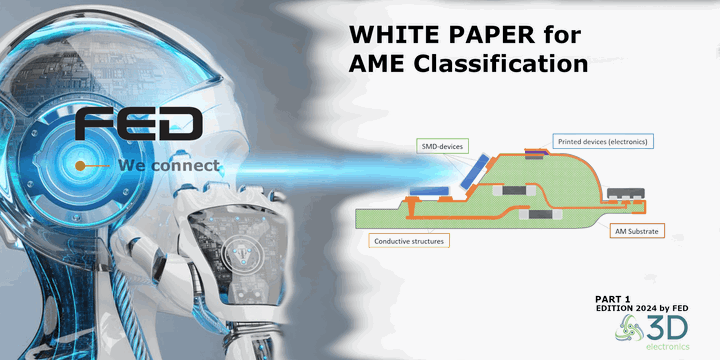Additively Manufactured Millimeter-Wave

Additively Manufactured Millimeter-Wave Dual-Band Single-Polarization Shared Aperture Fresnel Zone Plate Metalens Antenna
This publication was written by Zhu, J., et al. in 2021 and presents the development of a dual-band FZP metalens antenna by combining two single-band FZP metalens antennas operating at different frequency bands into one, using double-screen metagrids and an additional dielectric ring layer.
Overview
Fresnel zone plate (FZP) lens antenna, consisting of a set of alternative transparent and opaque concentric rings arranged on curvilinear or flat surfaces, have been widely used in various fields for sensing and communications. Nevertheless, the state-of-art FZP lens antennas are limited to a single band due to the frequency-dependent feature, which hinders their use in multi-band applications. In this work, a shared aperture dual-band FZP metalens antenna is proposed by merging two single-band FZP metalens antenna operating at distinct frequency bands seamlessly into one. Instead of using conventional metallic conductors, double-screen metagrids are devised in this work to form the concentric rings. Because the metagrids show distinct transmission/reflection properties at different frequencies, the performance of one set of concentric rings operating at the one band will not be affected by the other operating at the different band. In addition, to compensate for the phase shift introduced by the metagrids, an additional dielectric ring layer is added atop the FZP taking advantage of additive manufacturing. Thus, the radiation performance of the dual-band FZP lens antenna is comparable to that of each single FZP metalens antenna. For proof-of-concept, an antenna prototype operating at the dual band, 75 and 120 GHz with a frequency ratio of 1.6, is fabricated using an integrated additively manufactured electronics (AME) technique. The measured peak gains of 20.3 and 21.9 dBi are achieved at 75 and 120 GHz, respectively.







